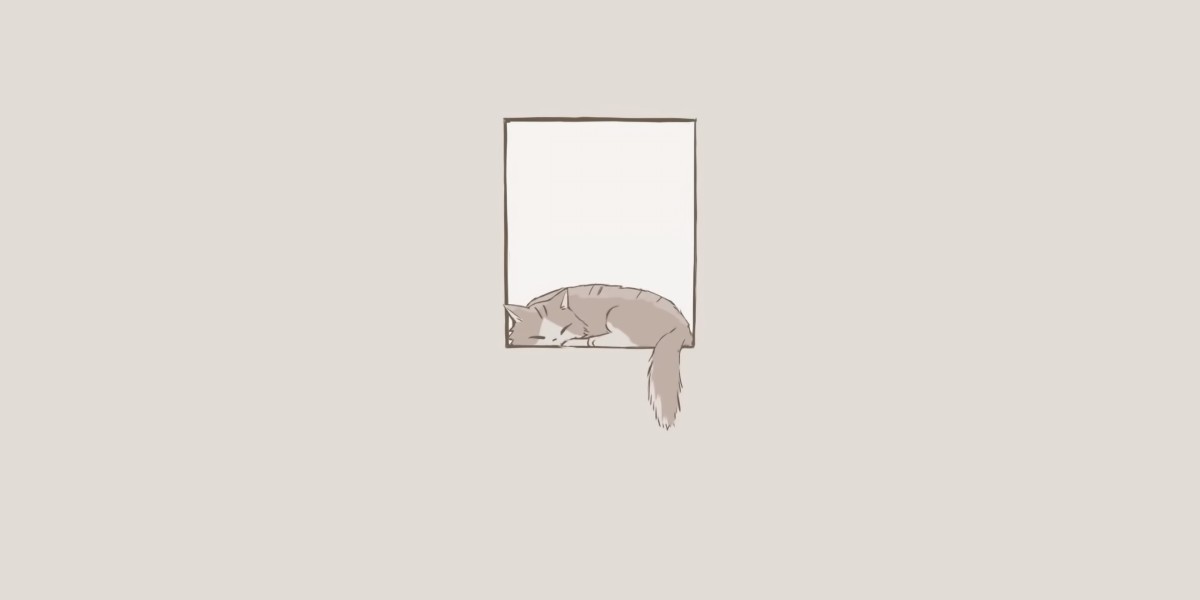Figure painting has been a prominent art form throughout history, evolving through various styles and techniques. In this article, we will delve into the contrasting approaches of traditional and modern figure painting, highlighting their unique characteristics and significance in the art world.
Traditional Figure Painting
Traditional figure painting encompasses classical techniques that have been passed down through generations. Artists in this style often focus on realistic representation, paying close attention to details such as light, shadow, and anatomy. One of the key features of traditional figure painting is the use of established academic principles, such as the golden ratio and chiaroscuro.
Exploring Different Styles in Figure Painting: Traditional vs. Modern Approaches
For example, the works of renowned traditional figure painters like Leonardo da Vinci and Rembrandt showcase a mastery of these techniques, creating lifelike portraits and scenes that captivate viewers with their precision and depth.
Modern Approaches to Figure Painting
In contrast, modern figure painting embraces experimentation and innovation, pushing the boundaries of traditional norms. Artists in this style often incorporate abstract elements, bold colors, and unconventional compositions to convey emotions and ideas in a more contemporary context.
Evolution of Figure Painting: From Traditional to Modern
Modern figure painters like Pablo Picasso and Frida Kahlo revolutionized the art world with their avant-garde approaches, challenging conventional notions of beauty and form. Their works often reflect societal issues and personal experiences, inviting viewers to interpret the pieces in a more subjective manner.
Blending Traditional and Modern Styles
While traditional and modern figure painting may seem like polar opposites, many artists today are blending elements from both styles to create eclectic and dynamic artworks. By combining the technical proficiency of traditional painting with the expressive freedom of modern art, these artists are able to produce pieces that resonate with a diverse audience.
Harmony in Diversity: The Fusion of Traditional and Modern Figure Painting
Contemporary artists such as Jenny Saville and Kehinde Wiley exemplify this fusion, incorporating classical techniques with contemporary themes to explore issues of identity, gender, and race. Their works challenge viewers to reconsider preconceived notions of beauty and representation, sparking important conversations in the art world.
In conclusion, the exploration of different styles in figure painting, whether traditional or modern, offers a rich tapestry of artistic expression and interpretation. By understanding the nuances of each approach, we can appreciate the diversity and complexity of the art form, while also recognizing the continuous evolution and innovation within the field.



